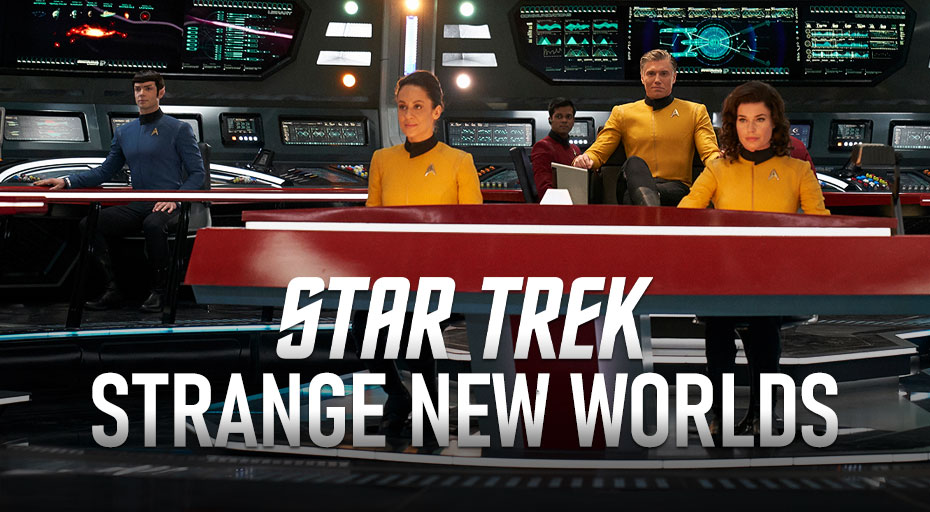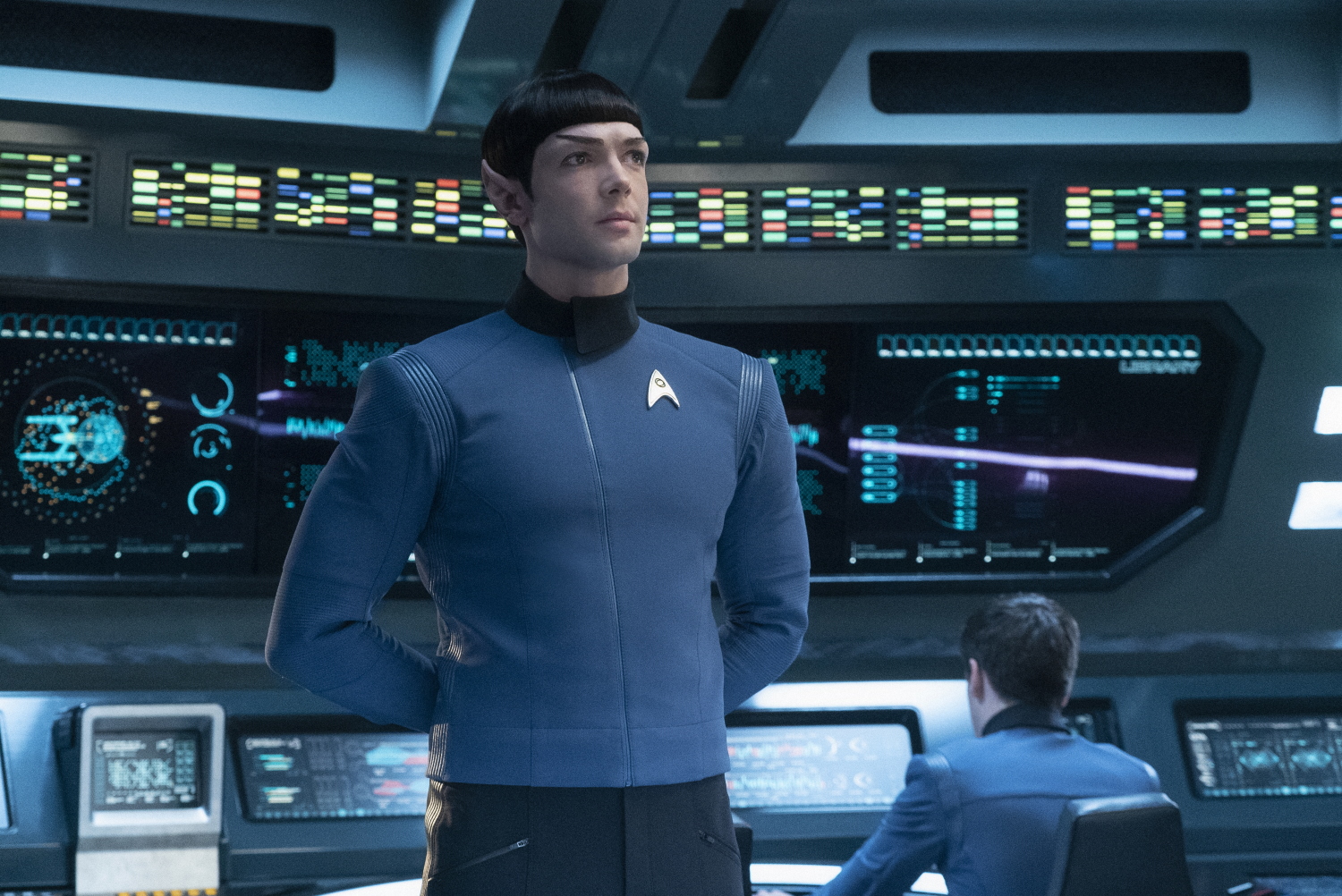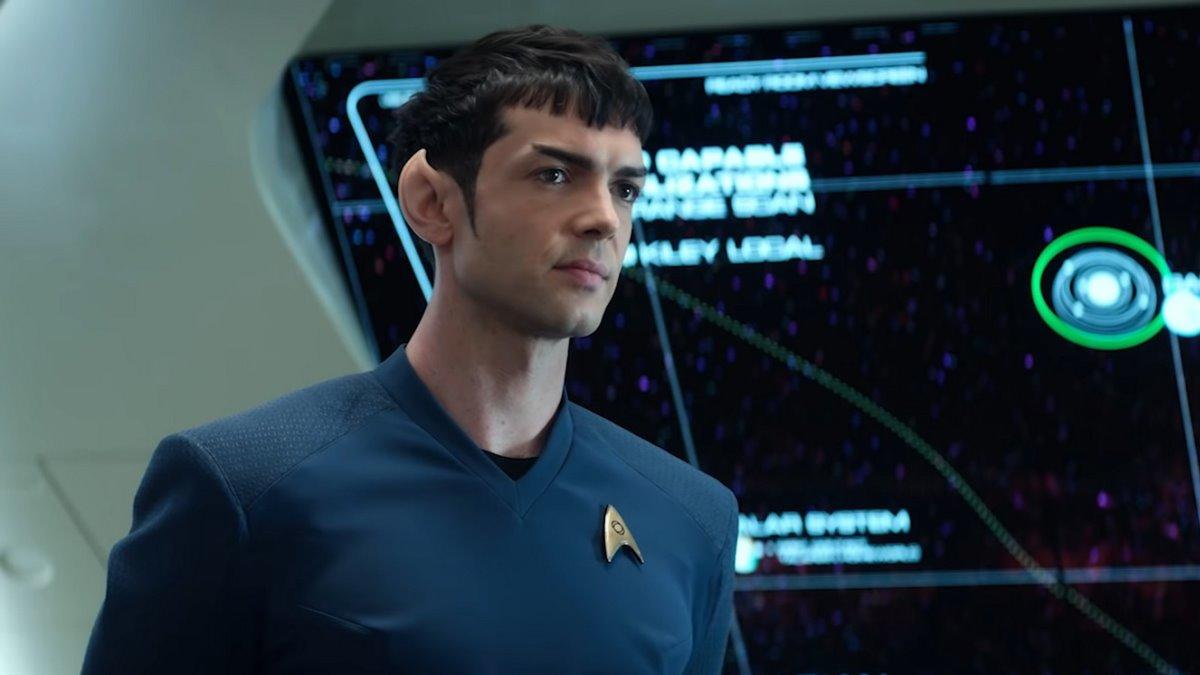

automatic translators and a form of GPS way back in the 60s - long before such technology entered daily life. Shatner’s fans marveled as he and his crew used flip-up phone communicators, tablet computers, Bluetooth-like devices. Wells told the fictional story of a journey to the Earth’s satellite in “The First Men In The Moon”.Īs for the wonders envisioned by Star Trek’s writers, many of them proved equally prescient. In 1901 - two years before the first sustained flight of an airplane with a human aboard - English novelist H.G. Sketches by the 15th century Italian Renaissance polymath Leonardo da Vinci envisioned flying machines and helicopters long before subsequent technological breakthroughs made such creations possible. Roughly 25 centuries before Albert Einstein, ancient Greek philosophers using only their intellects pioneered atomic theory. The amazing realities humans achieve with their hands often begin with dreams dreamt in human brains. Here was the first star of an American TV show and the oldest person ever to rocket into space.īut there was more going on here. Going from the blue sky - he called it “this comforter of blue that we have around us” - toward the stark blackness of space was for him “the most profound experience.”Īt first glance, the novelty of it all was what captivated everyone from Star Trek fans to celebrity watchers and space enthusiasts alike. And what Shatner saw in those fleeting minutes was revelatory.

Yet his brief flirtation with weightlessness was exhilarating.

And forget about exploring “strange new worlds.” The 90-year-old Shatner and the other three passengers aboard the automated capsule merely hurtled 106 kilometres above the West Texas desert to the edge of outer space before parachuting back to Earth. Kirk on Star Trek, this adventure lasted just over 10 minutes.

Unlike the supposed five-year mission Shatner undertook as Capt. What some humans first imagined on television, others gradually began doing in real life.Īnd then, last Wednesday, the convergence of science fiction and science fact continued with the journey of Star Trek’s star - Canadian William Shatner - high above the Earth aboard a ship built by Jeff Bezo’s Blue Origin company. After that, space shuttles, space stations, spacecraft to Mars and unmanned planetary exploration probes that entered interstellar space expanded our understanding of the universe and our tiny place in it many times over. Less than three years later, the first humans landed on the moon. 8, 1966, the science fiction TV series Star Trek began taking thrilled viewers on a weekly, imaginary outer-space odyssey “to explore strange new worlds, to seek out new life and new civilizations, to boldly go where no man has gone before.” The human mind travels faster and often farther than the human body.


 0 kommentar(er)
0 kommentar(er)
